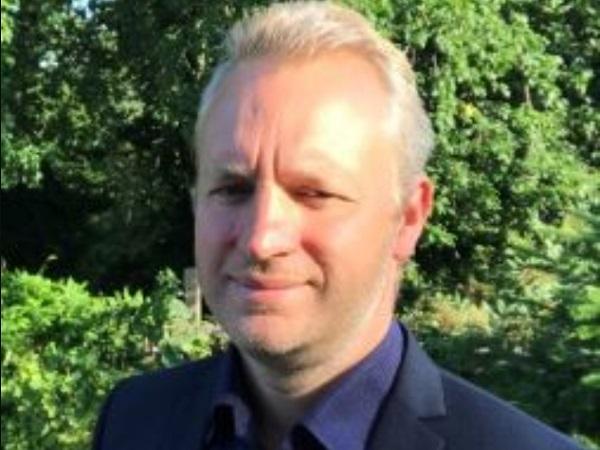
Date: 25 February 2022
Engineering. Chemistry. Materials science. Applied physics. Applied mathematics. Every applied discipline that touches the supply chain will need to work together—to join up as a community—to solve the problems of Sustainable Development Goal (SDG) 12: Responsible Consumption and Production. Here we’re sharing thoughts from Jens H. Nielsen at the Technical University of Denmark, an Editor-in-Chief of Glass Structures & Engineering.
What is the focus of your research work?
The overall focus of my research is to provide a basis for a higher degree of utilization of glass in the urban environment.
Many of us think of glass as a transparent material and nothing more. However, glass also have other important and interesting qualities, such as high resistance to corrosion or deterioration in even the most harsh environments, reasonable strength, weight and stiffness properties compared to more commonly used structural materials. The major drawback from the structural engineers’ viewpoint is the brittle nature of glass.
Glass in the building envelope has been increasingly used for centuries due to its transparency; however, more recently glass is also used for load-carrying structural components. Such type of usage feeds new research challenges in order to assist in enabling engineers to design safe and optimized structures using glass.
How important is societal impact to your research? Why?
It is of very high importance, which I guess may be said for all researchers in the engineering disciplines. That said, I find it important to differentiate between research and development when working in the field. I would like to think, that my research should provide tools for the daily work of engineers, meaning that providing the basis for e.g. determination of glass strengths in tempered glass near holes is allowing a designing engineer to more accurately estimate the needed glass thickness for a specific façade element in an actual building.
Which UN Sustainable Development Goals (SDGs) does your work most closely relate to? (if any)
Extending the use of glass in our society can be related to many of the SDGs. As an example, SDG12 is aiming at sustainability (doing more and better with less), reducing waste etc. Glass is (almost) not deteriorating, raw materials exists in abundance and the recycling rates are very high.
What do you believe are the most effective ways of communicating your research?
As I see it there are a few channels to distribute my knowledge and to get it out to benefit of the society. However, this is hardly done over night. One important, and often overlooked, channel is the education of students who can new knowledge learned during their studies directly into the companies. Another equally important channel is the international publication to other researchers through journal papers, conferences, webinars etc. which serve as a quality check and also spread the knowledge more efficiently throughout the world.
What advice do you have for researchers who are looking for ways to make societal impact, in other words, impact beyond their scholarly circle/academia?
I guess this is an old classic one, but build your network, be open minded towards collaboration with other research fields and spend time on optimizing your research with the equipment/resources available.
Visit Springer Nature's Sustainable Materials dedicated page under SDG12: Responsible Consumption and Production to find out more.
About Jens H. Nielsen
Jens H. Nielsen is an associate professor at the civil engineering department at the Technical University of Denmark (DTU). His research interests include numerical modelling and glass, with a particular interest in the use of glass for load-carrying structural elements and how these can be improved with respect to safety and material consumption. In 2016, together with 4 colleagues, he started the academic journal Glass Structures & Engineering at Springer Nature where is currently one of the Editors-in-Chief.
 600450
600450


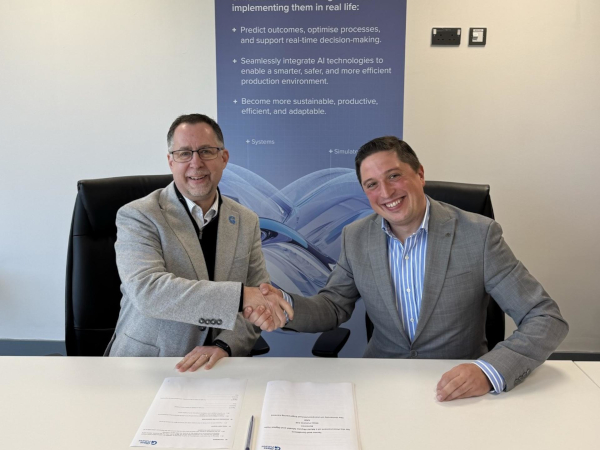
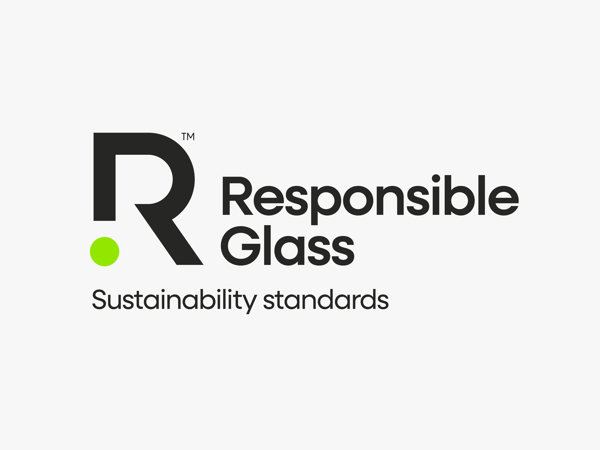
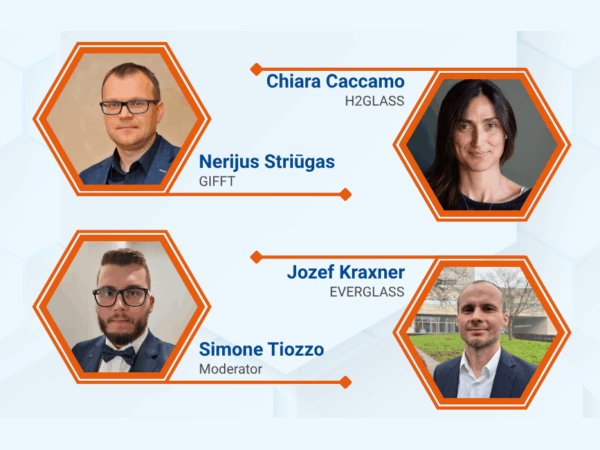
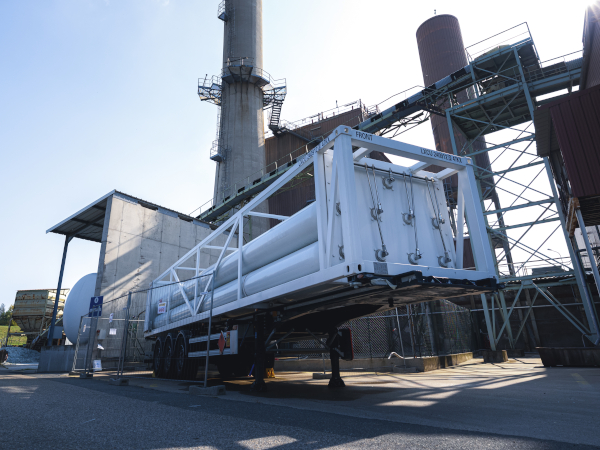
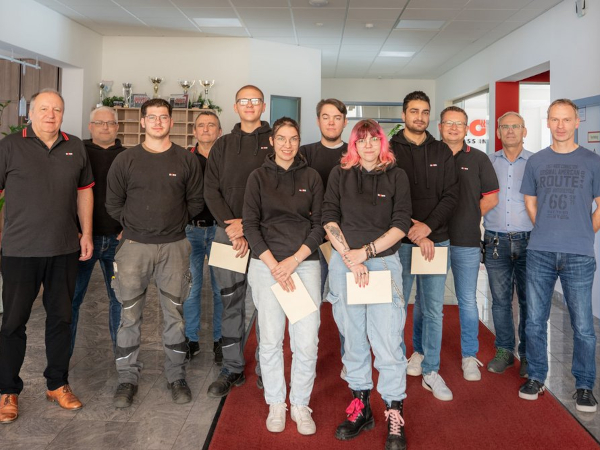


Add new comment